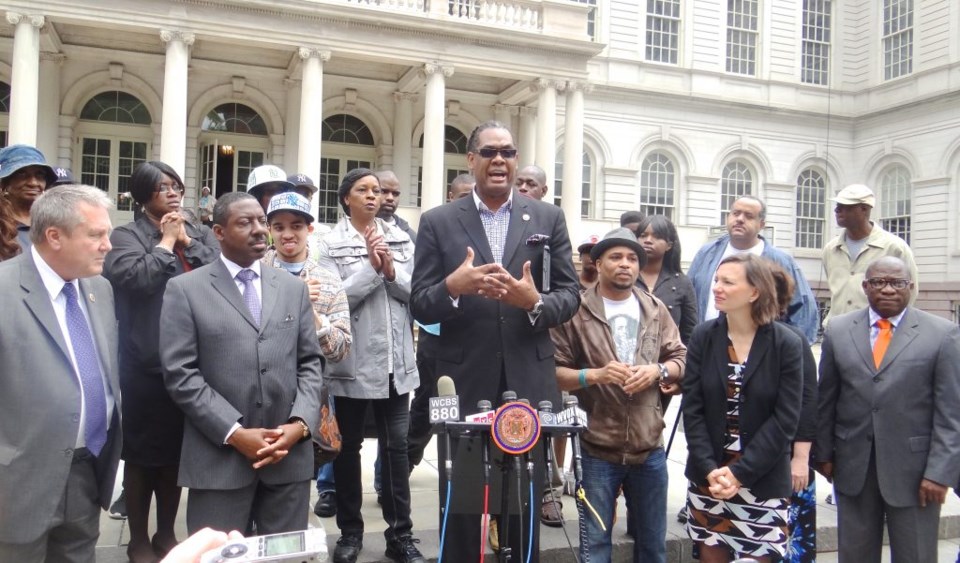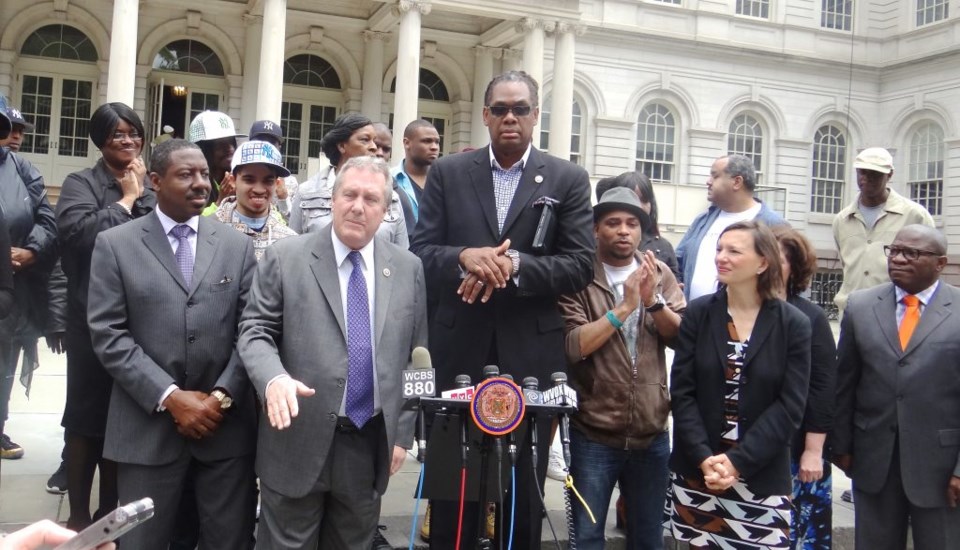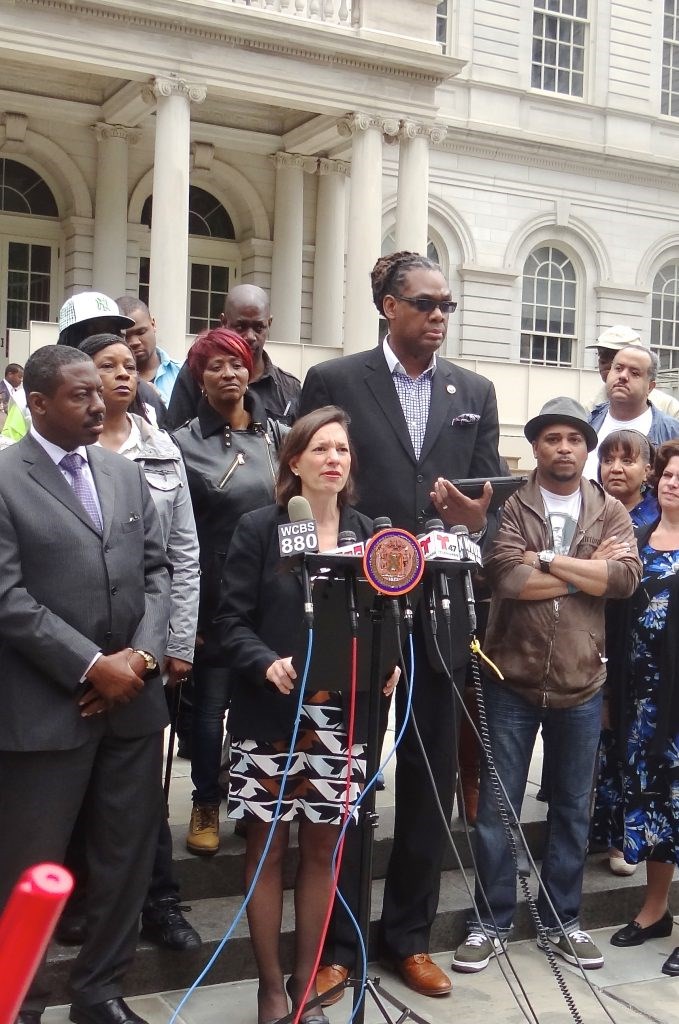
Does the name Avonte Oquendo ring a bell or cause alarm?
Well if it didn't before, it surely will now. Because by the end of 2015, more than 1,200 public schools will be equipped with door alarm systems, as a result of "Avonte's Law," a bill designed to prevent tragedies like that of Avonte Oquendo, an autistic teen from Queens who who slipped unnoticed out of his school October 2013.
Tragically, Oquendo's body was found three months later along the shore of the East River in Queens. Then, in January 2014, four-year-old Symeir Talley-Jasper, left his preschool unnoticed at William Floyd P.S. 59 in Bedford-Stuyvesant and walked home without a jacket and unchaperoned in the dead of winter.
In response, City Councilmember Robert Cornegy, Jr., who represents Bedford-Stuyvesant and is also a parent of a child with special needs, promised the two families he would take action. He introduced the "Audible Alarms Bill," in March 2014, requiring all public schools have audible alarms installed on the exterior of all unguarded doors. City Councilmember Danny Dromm, chair of the Education Committee, became a co-sponsor.
The bill passed unanimously in four short months, in July, as "Avonte's Law," under the condition that the Department of Education be allowed to study all its schools and submit a report detailing which ones would receive alarms, along with a timeline for when they will be installed.

Thursday afternoon, Cornegy, Dromm, parents, union leaders and members of the Oquendo and Talley-Jasper families gathered with excitement on the steps of City Hall to announce that, following the completion of the DOE's survey, at least 97 percent of all public school buildings-- more than 1,200 school buildings-- will receive 21,000 door alarms on all secondary doors (excluding the main entrance) by the end of 2015.
"This report is evidence of the strong determination the City Council and the Department of Education share to ensure that the children parents entrust to schools' care, return them safe at each day's end," said Cornegy.
But the new law's implementation did not come without a fight: "What we heard at first was 'This can't be done; it's too complicated,'" said Darlene Boston, the Bed-Stuy organizer for StudentFirstNY, at the press conference. "But it came to fruition, because Cornegy has been out front from the beginning, and it wouldn't have gotten done without his [leadership].
Boston is also a parent of an autistic child who is non-verbal. "So, if my son were to get out the building, he would have been in complete danger. But this is a victory. Out of something tragic, something great has come," she said.
Dromm thanked Cornegy for his "impatience and persistence," because, according to Dromm, the bill was the fastest piece of legislation to ever pass for any legislator. The bill also had the most signees of any bill in 2014. Dromm said the DOE and legislators eventually moved on the bill because it made sense.

"They saw the tragedy that happened and so nobody could have not been effected," said Dromm. "They saw the need and immediacy."
Elizabeth Rose, deputy chancellor of operations at the Department of Education, pointed out that the alarms are just the latest addition to the DOE's Missing Student Protocol, which requires that 911 be called immediately upon notification that a student is missing.
The protocol also includes activation of a Building Response Team, which entails professional development/training of and collaboration between principals, school safety agents, the borough safety director and law enforcement, as well as the implementation of cameras and an online reporting system.
Cornegy added that, although essential, the alarms are a measure of last resort. "This is a last step measure. The internal trainings are really going to determine what happens; that's why that was such and important part of the bill," said Cornegy. "We're hoping no student will ever have to test the ability of the alarm."



